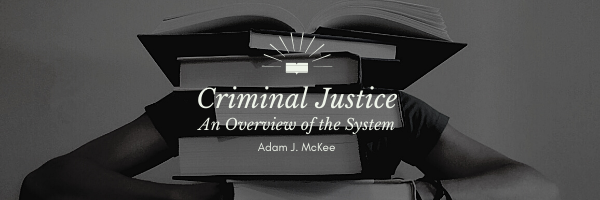[ Go to the Text Section | Index ]
Assign This Section
Reading Assignment for Section 7.4
Read the following subsection from our online textbook: Section 7.4: Sociological Theories of Crime.
What You Will Learn
In this section, you’ll uncover how social structures like class and family impact criminal behavior, diving into theories such as social disorganization, strain, and anomie. You’ll explore the significance of social processes, including social learning and labeling, in shaping criminal actions. Additionally, you’ll learn about criminal subcultures, societal factors like poverty and inequality, and their relationships with crime rates, while engaging with contemporary debates in sociological criminology.
Student Learning Outcomes for Section 7.4
- SLO 1: Analyze how social structures, such as class and family, influence criminal behavior and explain relevant theories like social disorganization, strain, and anomie.
- SLO 2: Discuss the role of social processes, including social learning and labeling, in shaping criminal behavior.
- SLO 3: Explain the concept of criminal subcultures and how they can contribute to criminal behavior.
- SLO 4: Analyze the relationship between societal factors, such as poverty and inequality, and crime rates.
- SLO 5: Critically evaluate contemporary debates in sociological criminology, including the application of these theories to crime prevention and the interplay with biological and psychological perspectives.
Last Updated: 07/15/2024
